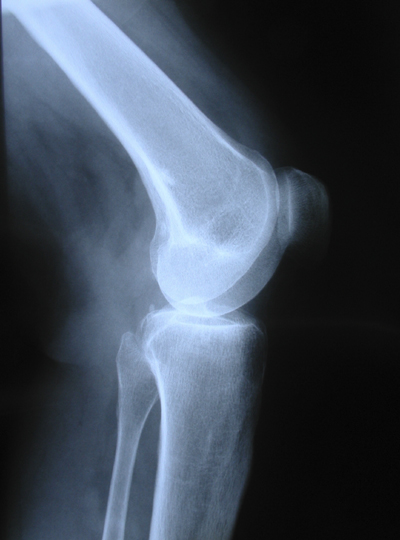Strength-Training Decreases Risks of Developing Osteoporosis
Osteoporosis occurs when bone mass and bone mineral density are reduced to critically low levels. Bone fractures often result when the skeleton is no longer able to absorb normal forces because of bone weakness. The spine and hip are the bone structures that are most often affected.
Fortunately, strength training has shown to be an effective means of increasing bone mineral density, and therefore, decreasing one’s risk of developing osteoporosis. By maximizing peak bone mineral density in early adulthood, the risk of developing osteoporosis in later adulthood is minimized.
There are three important Factors to consider when strength-training to increase bone mineral density.
1) Exercise Selection
The most effective exercises will:
- Involve many muscle groups
- Load the spine and hip (Squats are a great example. Barbell Rear-loaded squats create compressive forces along the spine and forces the process of stabilization throughout surrounding musculature).
- Allow greater absolute loads to be lifted. These exercises are also called structural exercises. Here are some examples:
- Squats, cleans, dead-lifts, snatches, jerks, bench presses, and overhead presses
- barbells are better than dumb-bells as they allow more weight to be lifted
2) Progressive Overload
Bone Tissue develops in response to mechanical forces that challenge the supporting muscular structures. Muscles must continually and repeatedly have greater-than-normal stress placed upon them in order to build strength and increase bone mineral density.
Overloading should be done progressively, so that tissues can adapt to the increased stimulus. Sudden overload will increase risks of stress fractures. This is what often occurs when previously sedentary or overweight individuals engage in exercise that is too intense or too different from their previous habits.
3) Training Variation
Within the skeleton, there is a mechanism that senses differentiation in strenuous forces. Therefore, changing the direction of forces by continually altering movement patterns will signal new bone formation within the stimulated region of bone.
Overview
- To increase bone mineral density, I recommend strength-training a minimum of 2-3 times per week.
- Use at least 2 structural exercises per workout (maybe do barbell squats and bench press on day 1 and switch to dead-lifts and bent-over barbell rows on day 2). Change these movements, or change the smaller auxiliary movements, every 3-4 weeks to provide variation throughout the stimulated areas.
- Make sure to increase your weights on these exercises every week for a given number of weeks and change your sets and reps respectively; I suggest 3×15 on week 1, 3×12 on week 2, 3×10 on week 3, 4×8 on week 4, 5×6 on week 6, 5×5 on week 7, and 5×4 on week 8. That’s 2 months of programming!

